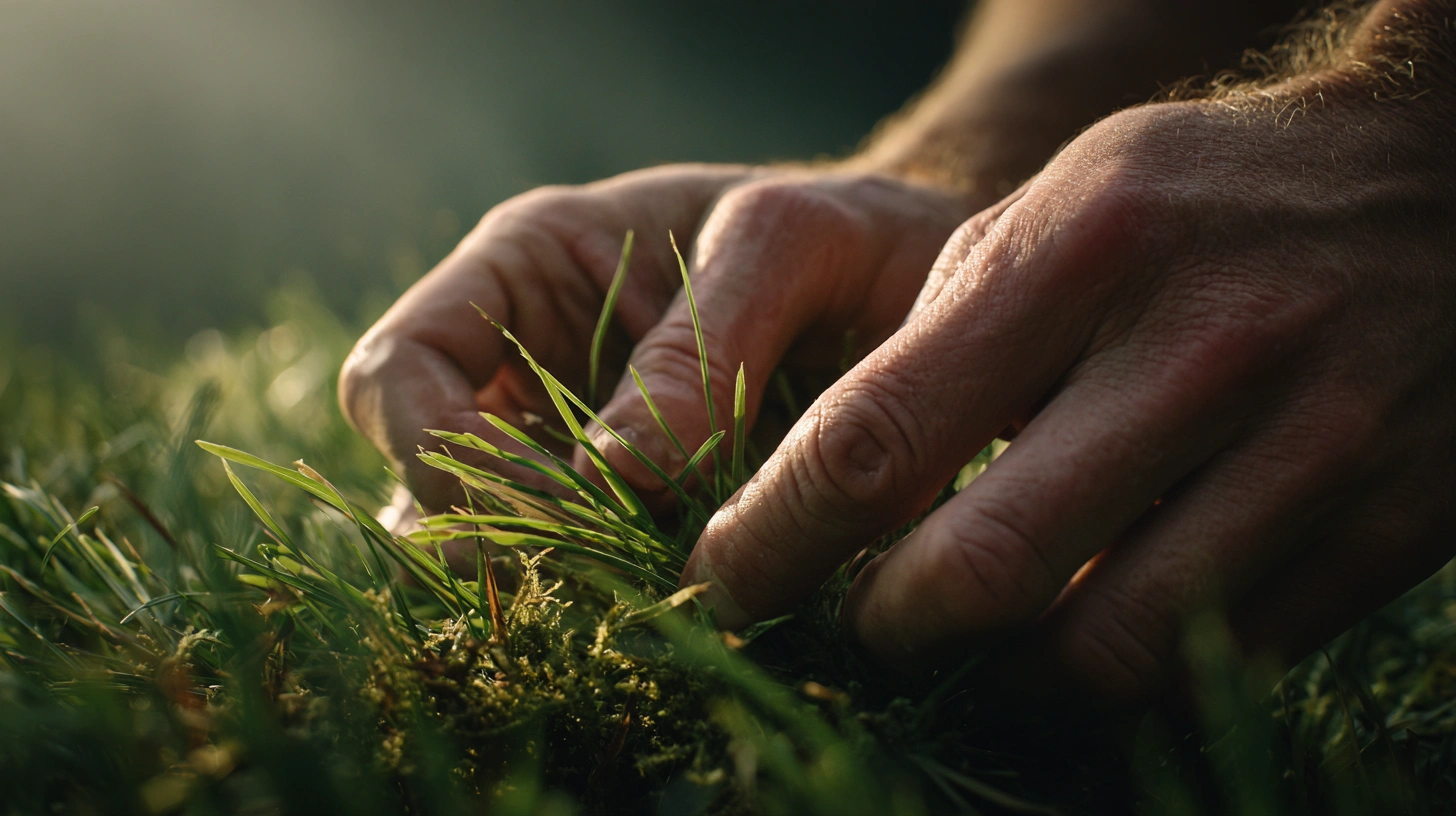How to Get Rid of Crabgrass in Chicago Lawns: IL Guide

Discover step-by-step strategies--identification, cultural tips, herbicide timing, and overseeding--to banish crabgrass and achieve a lush Chicago lawn.
How to Get Rid of Crabgrass in Chicago Lawns: IL Guide
Introduction
If you've spotted those light-green, sprawling shoots popping up in your Chicago lawn, you're dealing with crabgrass. This summer annual weed thrives in thin or stressed turf, turning a once pride-worthy lawn into a patchy eyesore. But don't panic--crabgrass doesn't stand a chance when you know what you're up against and attack it with a game plan. In this guide, we'll walk through how to identify crabgrass (and tell it apart from lookalikes), shore up your lawn's defenses with cultural practices, time your herbicide applications perfectly, and choose the right grass seed for fall overseeding. By the end, you'll have a clear roadmap to reclaiming a dense, cool-season turf that leaves crabgrass in the rearview.
Identifying Crabgrass vs. Lookalikes
Before you launch any control measures, confirm the culprit. Crabgrass (Digitaria spp.) sports several distinctive features:
Prostrate Growth: Stems radiate from a central crown, hugging the soil. Imagine crab legs fanning out--that's your giveaway.
Lime-Green Color: New crabgrass leaves are lighter than established turf.
Coarse, Hairy Blades: Some varieties (common crabgrass) have hairs; smooth crabgrass does not.
Finger-like Seed Heads: Multiple spikes form a starburst at stem tips.
Key lookalikes include goosegrass (flat stems, silvery appearance), foxtail (bushy seed heads), and barnyardgrass (no ligule, hairier seed clusters). For clear visuals, check out the University of Illinois Extension's identification guide.
Cultural Controls for Crabgrass Prevention
A healthy lawn is your first line of defense. Before reaching for chemicals, dial in these basics:
Mowing Height Matters
Keep cool-season grasses at 3-4 inches. Taller blades shade soil, cutting light that crabgrass seeds need to germinate. And don't scalp--mowing too short stresses your turf and invites weeds.
Deep, Infrequent Watering
Crabgrass thrives in compacted, dry soil. Water deeply (about 1 inch per session) once or twice a week rather than daily spritzes. This encourages lawn roots to grow downward, outcompeting shallow-rooted weed seedlings.
Timely Fertilization
Fall (September-October) and late spring (May) are prime feeding windows for cool-season lawns. A balanced fertilizer boosts turf vigor--strong grass crowds out crabgrass.
Ready to transform your lawn?
Get personalized AI guidance for the perfect lawn. Download Grassmaster Gus now!
Chemical Controls: Pre-Emergent vs. Post-Emergent
When cultural practices alone don't cut it, herbicides can tip the balance. Timing is everything.
Pre-Emergent Herbicides
Apply when soil temps hit about 55 degreesF for five consecutive days--usually late April to early May in Chicago. Here are the go-to options:
Prodiamine: Long-lasting pre-emergent that blocks seed germination for months.
Pendimethalin: Reliable pre-emergent with shorter residual action.
Dithiopyr: Works as both a pre- and early post-emergent on small crabgrass.
Siduron: Unique--safe for lawns underseeded with cool-season grasses at the same time.
Always read and follow label instructions. And remember: except for Siduron, avoid most pre-emergents if you plan to overseed until the following spring.
Post-Emergent Herbicides
If crabgrass breaks through pre-emergents or you missed spring timing, target young plants (under 2 inches tall):
Quinclorac: Top pick for active seedlings; best applied by mid-July.
Fenoxaprop-ethyl: Effective on small crabgrass but slower to show results.
Mesotrione: Safe to use when seeding Kentucky bluegrass or perennial ryegrass.
Spot-treat patches on calm, dry days. Check product labels for any turfgrass restrictions.
Overseeding and Lawn Renovation
Filling in thin spots is critical. A dense stand of cool-season grass chokes out future crabgrass invasions.
Best Grass Seed for Illinois Lawns
In northern Illinois, these varieties excel:
Kentucky Bluegrass (KBG): Dark green, self-repairing, forms a tight sod.
Fine Fescues: Shade-tolerant blends ideal under trees.
Perennial Ryegrass: Quick germination, durable under foot traffic.
Turf-Type Tall Fescue: Deep-rooted, drought-resistant.
Timing and Seeding Technique
Aim for early August through early September. Soil is still warm, air cools down, and rainfall helps establishment. Follow these steps:
Dethatch or Aerate: Break up compacted areas so seed makes good soil contact.
Seed at Recommended Rates: Check bag labels--overseeding often calls for 4-6 pounds per 1,000 sq. ft.
Topdress Lightly: Spread a thin layer of compost or topsoil to keep seeds moist.
Water Gently: Keep the surface damp until seedlings reach an inch tall, then transition to deeper watering.
Combining Seed with Siduron
If you're fighting late-season crabgrass, look for products containing Siduron. It's the only pre-emergent safe at seeding and gives new grass a fighting chance.
Safety and Illinois Regulations
Homeowners in Illinois can use labeled herbicides, but safety is non-negotiable:
Wear gloves, goggles, and protective clothing.
Check weather--avoid application if rain's expected within 24 hours, to prevent runoff.
Store and dispose of unused chemicals per label and local guidelines.
Stay informed about the Illinois Lawn Care Products Application and Notice Act. While crabgrass isn't regulated as a noxious weed, safe handling is a legal and civic duty.
Timing and Weather Considerations
Weather is your ally. Aim for:
Dry, Calm Days when spraying to ensure herbicides stick to leaves.
Post-Rain Windows (48-hour gap) to let turf recover before the next rain.
Fall's Gentle Temps for overseeding--soil stays warm, air temperatures are cooler, and moisture is more consistent.
Conclusion
Conquering crabgrass in your Chicago lawn boils down to a simple playbook: identify it quickly, bolster your turf's defences with mowing, watering, and feeding, and strike with herbicides at the right moment. Then, follow up with an overseeding plan using cool-season champions like Kentucky bluegrass, fine fescues, and perennial ryegrass. Stick to this regimen year after year, and you'll build a lawn so robust that crabgrass doesn't stand a chance. Time to grab your rake, calibrate your spreader, and show that weed who's boss.
Transform Your Lawn with AI-Powered Care
Join thousands of homeowners achieving their dream lawn with personalized guidance from Grassmaster Gus.
- AI-powered lawn analysis
- Personalized care schedules
- Expert advice 24/7
- Track lawn progress
